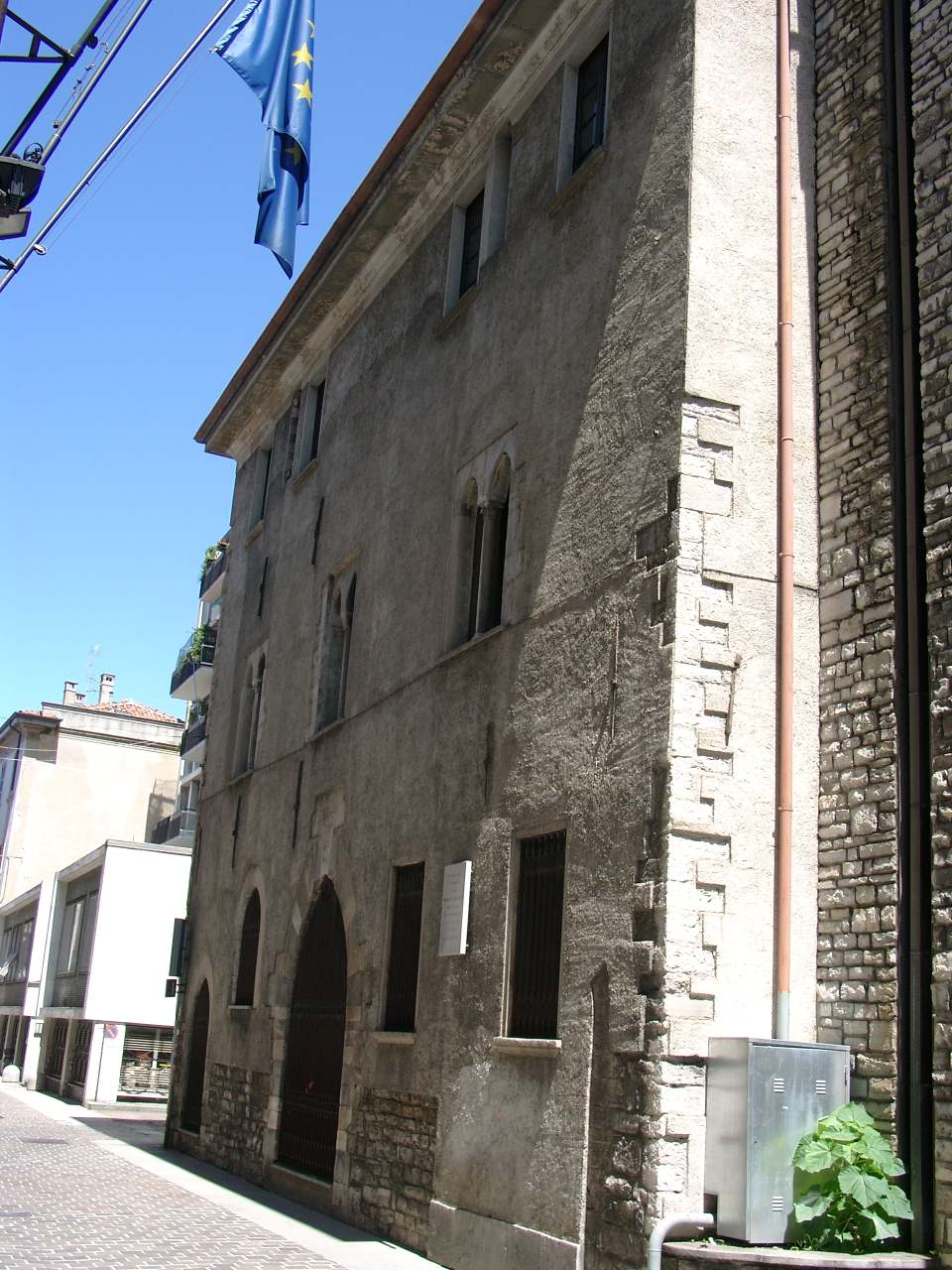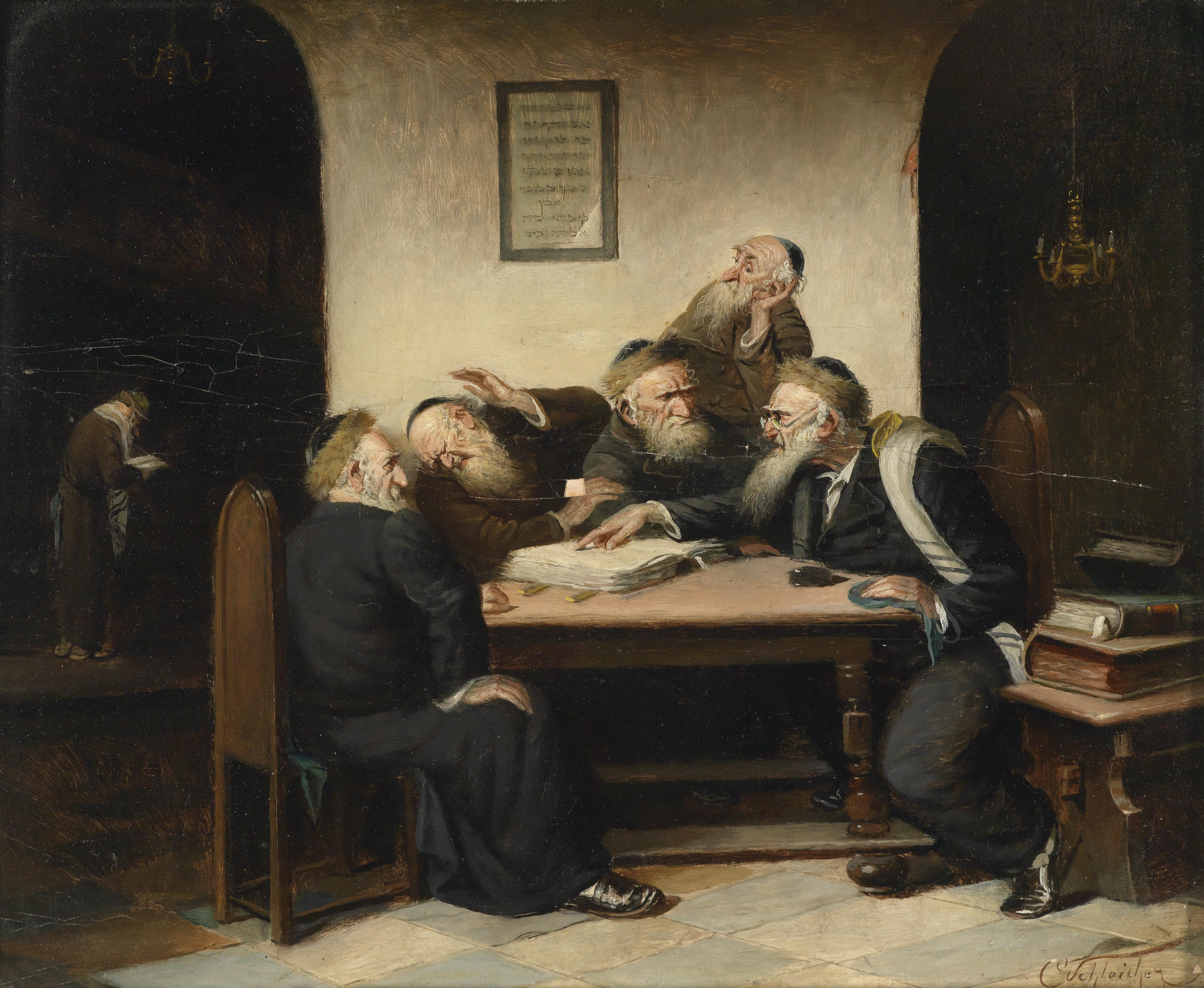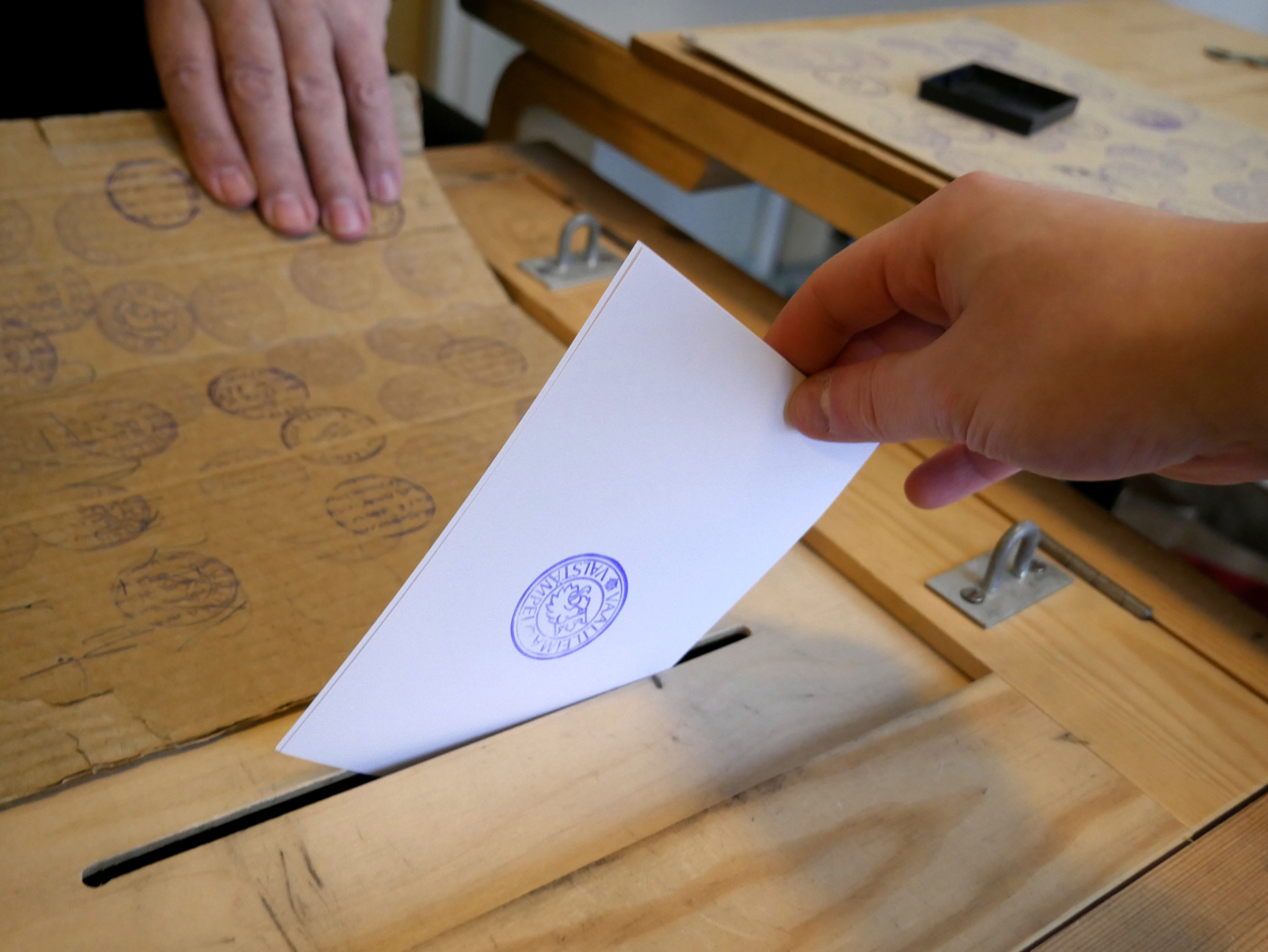|
Universi Dominici Gregis
''Universi Dominici gregis'' is an apostolic constitution of the Catholic Church issued by Pope John Paul II on 22 February 1996. It superseded Pope Paul VI's 1975 apostolic constitution, '' Romano Pontifici eligendo'', and all previous apostolic constitutions and orders on the subject of the election of the pope. ''Universi Dominici gregis'' ("the Lord's whole flock", from the opening statement "The Shepherd of the Lord's whole flock is the Bishop of the Church of Rome"), subtitled ''On the Vacancy of the Apostolic See and the Election of the Roman Pontiff'', deals with the vacancy of the See of Rome, i.e., the papacy. The constitution modified, or in some cases confirmed, the rules for the conclave. It also clarified, during a ''sede vacante'', which matters could be handled by the College of Cardinals and which matters were reserved for the future pope. The constitution was later amended by Pope Benedict XVI with the '' motu proprios'' ''De aliquibus mutationibus in nor ... [...More Info...] [...Related Items...] OR: [Wikipedia] [Google] [Baidu] |
Papal Election
A conclave is a gathering of the College of Cardinals convened to appoint the pope of the Catholic Church. Catholics consider the pope to be the apostolic successor of Saint Peter and the earthly head of the Catholic Church. Concerns around political interference led to reforms after the 1268–1271 papal election, interregnum of 1268–1271 and Pope Gregory X's decree during the Second Council of Lyons in 1274 that the Cardinal (Catholic Church), cardinal electors should be locked in seclusion and not permitted to leave until a new pope had been elected. Conclaves are now held in the Sistine Chapel of the Apostolic Palace in Vatican City.John Paul II (22 February 1996)''Universi Dominici gregis''. ''Apostolic constitution''. Vatican City: Vatican Publishing House. From the Apostolic Age until 1059, the pope, like other bishops, was chosen by the consensus of the clergy and laity of the diocese.Baumgartner 2003, p. 4. In 1059, the body of electors was more precisely defined, w ... [...More Info...] [...Related Items...] OR: [Wikipedia] [Google] [Baidu] |
Cardinal Camerlengo
Camerlengo (plural: , Italian for " chamberlain") is an Italian title of medieval origin. It derives from the late Latin , in turn coming through the Frankish , from the Latin which meant "chamber officer" (generally meaning "treasure chamber"). Description Camerlengo has been used in the papal court for the following official positions: *Camerlengo of the Holy Roman Church, in the Vatican, senior administrator for the Holy See *Camerlengo of the Sacred College of Cardinals, lapsed 1997 *Camerlengo of the Roman Clergy Some other positions in the papal court were formerly termed ''papal chamberlains''. Although usually given as an honorary award, the position involved some duties. Laity receiving this honor are now called Papal Gentlemen, while clergy are typically appointed as a "Chaplain of His Holiness", a form of monsignor. See also * Kamerlengo Castle Kamerlengo Castle (; ) is a castle and fortress in Trogir, Croatia. History The castle was built in the mid-15th centur ... [...More Info...] [...Related Items...] OR: [Wikipedia] [Google] [Baidu] |
Papal Coronation
A papal coronation was the formal ceremony of the placing of the papal tiara on a newly elected pope. The first recorded papal coronation was of Pope Nicholas I in 858. The most recent was the 1963 coronation of Paul VI, who soon afterwards abandoned the practice of wearing the tiara. To date, none of his successors have used the tiara, and their papal inauguration celebrations have included no coronation ceremony, although any future pope may elect to restore the use of the tiara at any point during his pontificate. The papal inauguration celebration, with or without a coronation, has only symbolic significance, as a pope assumes office immediately upon accepting his election during the conclave. In Spanish language, Spanish, the term (English language, English: "Pontifical Coronation") is sometimes used for the canonical coronation of religious images through a formal, expressed Pontifical decree by a reigning pope. Ritual On the day of election When a Papal conclave, con ... [...More Info...] [...Related Items...] OR: [Wikipedia] [Google] [Baidu] |
Coronation
A coronation ceremony marks the formal investiture of a monarch with regal power using a crown. In addition to the crowning, this ceremony may include the presentation of other items of regalia, and other rituals such as the taking of special vows by the new monarch, the investing and presentation of regalia to them, and acts of homage by the new monarch's subjects. In certain Christian denominations, such as Lutheranism and Anglicanism, coronation is a Rite (Christianity), religious rite. As such, Western-style coronations have often included anointing the monarch with holy anointing oil, holy oil, or chrism as it is often called; the anointing ritual's religious significance follows examples found in the Bible. The monarch's consort may also be crowned, either simultaneously with the monarch or as a separate event. Once a vital ritual among the world's monarchies, coronations have changed over time for a variety of socio-political and religious reasons; most modern monarchies ... [...More Info...] [...Related Items...] OR: [Wikipedia] [Google] [Baidu] |
Sistine Chapel
The Sistine Chapel ( ; ; ) is a chapel in the Apostolic Palace, the pope's official residence in Vatican City. Originally known as the ''Cappella Magna'' ('Great Chapel'), it takes its name from Pope Sixtus IV, who had it built between 1473 and 1481. Since that time, it has served as a place of both religious and functionary papal activity. Today, it is the site of the papal conclave, the process by which a new pope is selected. The chapel's fame lies mainly in the frescoes that decorate its interior, most particularly the Sistine Chapel ceiling and ''The Last Judgment (Michelangelo), The Last Judgment'', both by Michelangelo. During the reign of Sixtus IV, a team of Italian Renaissance painting, Renaissance painters including Sandro Botticelli, Pietro Perugino, Pinturicchio, Domenico Ghirlandaio and Cosimo Rosselli, created a series of frescoes depicting the ''Life of Moses'' and the ''Life of Christ'', offset by papal portraits above and ''trompe-l'œil'' drapery below. They w ... [...More Info...] [...Related Items...] OR: [Wikipedia] [Google] [Baidu] |
Dormitory
A dormitory (originated from the Latin word ''dormitorium'', often abbreviated to dorm), also known as a hall of residence, a residence hall (often abbreviated to halls), or a hostel, is a building primarily providing sleeping and residential quarters for large numbers of people such as boarding school, college or university students. In some countries, it can also refer to a room containing several beds accommodating people. Terminology Dormitory is sometimes abbreviated to "dorm". In the UK, the word dormitory means a room (rather than a building) containing several beds accommodating unrelated people. This arrangement exists typically for pupils at boarding schools, travellers and military personnel, but is almost entirely unknown for university students. Student housing is normally referred to as "halls" or "halls of residence", or "colleges" in universities with residential colleges. A building providing sleeping and residential quarters for large numbers of people may als ... [...More Info...] [...Related Items...] OR: [Wikipedia] [Google] [Baidu] |
Domus Sanctae Marthae
The Domus Sanctae Marthae (Latin for House of Saint Martha; ) is a building adjacent to St. Peter's Basilica in Vatican City. Completed in 1996, during the pontificate of Pope John Paul II, it is named after Martha of Bethany, who was a sibling to Mary and Lazarus of Bethany. The building functions as a guest house for clergy having business with the Holy See and as the temporary residence of members of the College of Cardinals while participating in a papal conclave to elect a new pope. Pope Francis lived in a suite in the Domus Sanctae Marthae from his election in 2013 to his death in 2025, declining to live in the papal apartments in the Apostolic Palace. Building and facilities Prior to the construction of Domus Sanctae Marthae, cardinals participating in conclaves lived in uncomfortable makeshift rooms in the Apostolic Palace, which had limited bathroom and dining facilities and no air conditioning, which was difficult for older cardinals. Pope John Paul II, after p ... [...More Info...] [...Related Items...] OR: [Wikipedia] [Google] [Baidu] |
Pope Innocent XI
Pope Innocent XI (; ; 16 May 1611 – 12 August 1689), born Benedetto Odescalchi, was head of the Catholic Church and ruler of the Papal States from 21 September 1676 until his death on 12 August 1689. Political and religious tensions with Louis XIV of France were a constant preoccupation for Innocent XI. Within the Papal States, he lowered taxes, produced a surplus in the papal budget and repudiated nepotism within the Church. Innocent XI was frugal in his governance of the Papal States, his methods evident in matters ranging from his manner of dress to a wide range of standards of personal behavior consistent with his conception of Christian values. Once he was elected to the papacy, he applied himself to moral and administrative reform of the Roman Curia. He abolished sinecures and pushed for greater simplicity in preaching as well as greater reverence in worship, requesting this of both the clergy and faithful. In consideration of his diplomatic and financial support for ... [...More Info...] [...Related Items...] OR: [Wikipedia] [Google] [Baidu] |
Pope John XXII
Pope John XXII (, , ; 1244 – 4 December 1334), born Jacques Duèze (or d'Euse), was head of the Catholic Church from 7 August 1316 to his death, in December 1334. He was the second and longest-reigning Avignon Papacy, Avignon Pope, elected by the Papal conclave, Conclave of Cardinal (Catholic Church), Cardinals, which was assembled in Lyon. Like his predecessor, Pope Clement V, Clement V, Pope John centralized power and income in the Papacy and lived a princely life in Avignon. John opposed the policies of Louis IV, Holy Roman Emperor, Louis IV the Bavarian as Holy Roman Emperor, which prompted Louis to invade Italy and set up an antipope, antipope Nicholas V, Nicholas V. John also opposed the Franciscans, Franciscan understanding of the poverty of Christ and his apostles, promulgating multiple papal bulls to enforce his views. This led William of Ockham to write against unlimited papal power. Following a three-year process, John Canonization of Thomas Aquinas, canonized Thoma ... [...More Info...] [...Related Items...] OR: [Wikipedia] [Google] [Baidu] |
Controversy
Controversy (, ) is a state of prolonged public dispute or debate, usually concerning a matter of conflicting opinion or point of view. The word was coined from the Latin '' controversia'', as a composite of ''controversus'' – "turned in an opposite direction", and also means an exercise in rhetoric practiced in Rome. Legal In the theory of law, a controversy differs from a legal case; while legal cases include all suits, criminal as well as civil, a controversy is a purely civil proceeding. For example, the Case or Controversy Clause of Article Three of the United States Constitution ( Section 2, Clause 1) states that "the judicial Power shall extend ... to Controversies to which the United States shall be a Party". This clause has been deemed to impose a requirement that United States federal courts are not permitted to cases that do not pose an actual controversy—that is, an actual dispute between adverse parties which is capable of being resolved by ... [...More Info...] [...Related Items...] OR: [Wikipedia] [Google] [Baidu] |
Acclamation (in Papal Elections)
Acclamation was formerly one of the methods of papal election. The method of electing the Roman Pontiff is contained in the constitutions of Gregory XV '' Æterni Patris Filius'' and ''Decet Romanum Pontificem'', Urban VIII's constitution ''Ad Romani Pontificis Providentiam'', and John Paul II's ''Universi Dominici gregis'', issued in 1996. Prior to the issuance of ''Universi Dominici gregis'', three methods of election were valid. These were by scrutiny (i.e. by secret ballot), by compromise (i.e. by reference to a committee of electors), and by acclamation (or "quasi-inspiration"). This last form of election consisted of all the electors present unanimously proclaiming one of the candidates Supreme Pontiff, without the formality of casting votes. As this was required to be done without previous consultation or negotiation, it was looked upon as proceeding from the Holy Spirit and hence was also designated "quasi-inspiration". List of papal elections by acclamation Recent ... [...More Info...] [...Related Items...] OR: [Wikipedia] [Google] [Baidu] |
Ballot
A ballot is a device used to cast votes in an election and may be found as a piece of paper or a small ball used in voting. It was originally a small ball (see blackballing) used to record decisions made by voters in Italy around the 16th century. Each voter uses one ballot, and ballots are not shared. In the simplest elections, a ballot may be a scrap of paper on which each voter writes in the name of a candidate, but governmental elections use printed ballots to protect the secrecy of the votes. The voter casts their ballot in a box at a polling station. In British English, this is usually called a "ballot paper". The word ''ballot'' is used for an election process within an organization (such as a trade union "holding a ballot" of its members). Etymology The word ballot comes from Italian ''ballotta'', meaning a "small ball used in voting" or a "secret vote taken by ballots" in Venice, Italy. History In ancient Greece, citizens used pieces of broken pottery to scratch ... [...More Info...] [...Related Items...] OR: [Wikipedia] [Google] [Baidu] |







